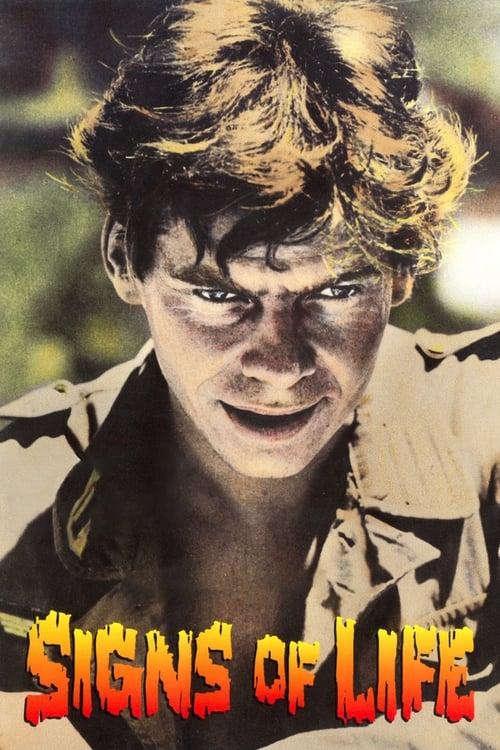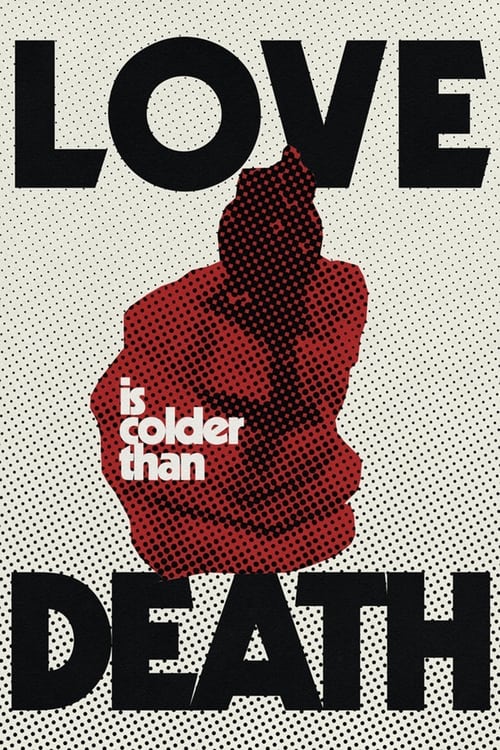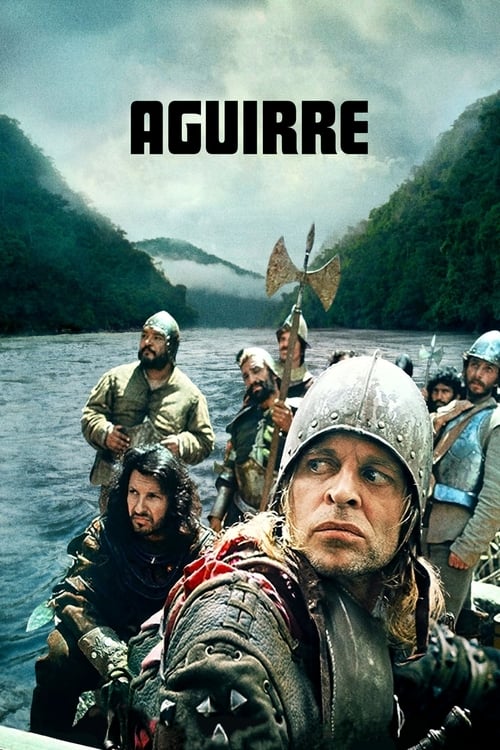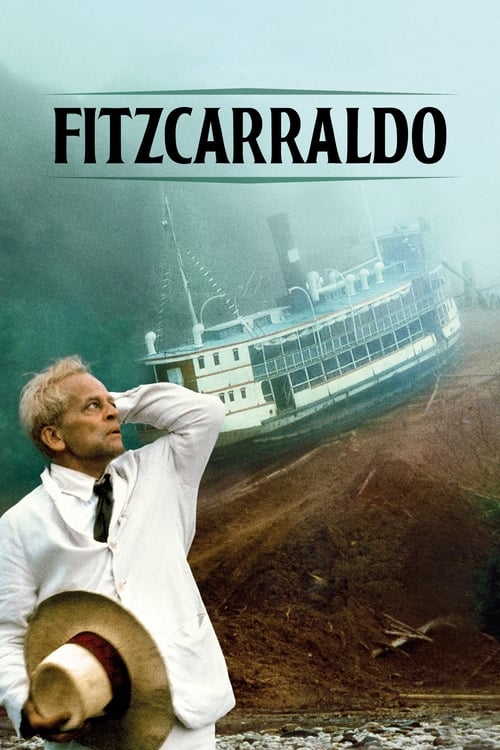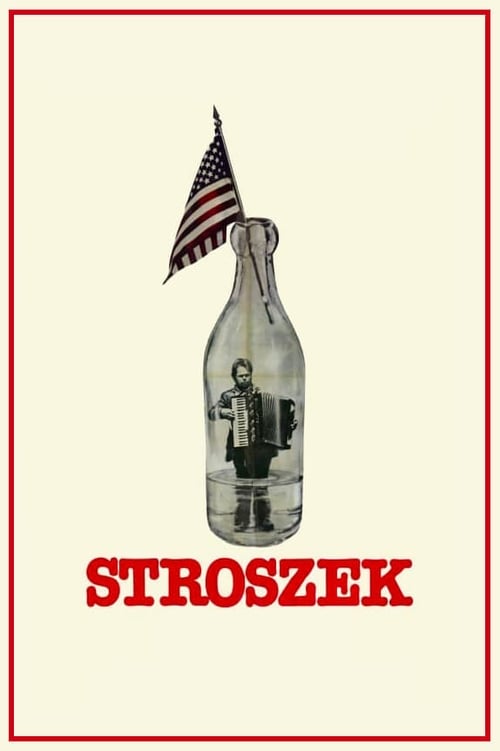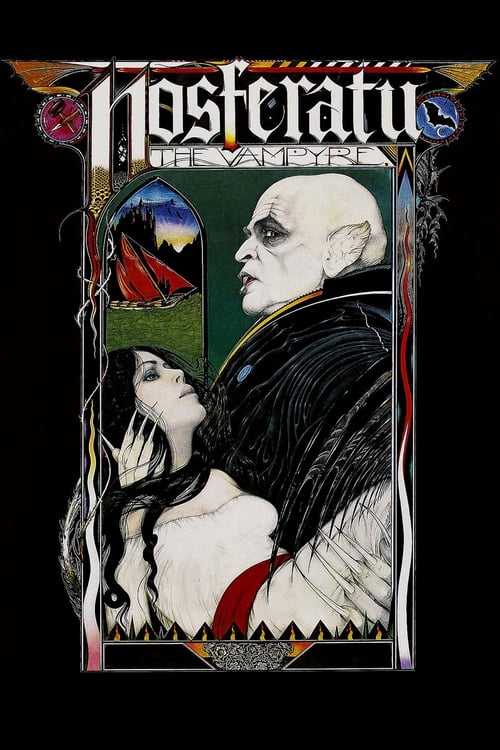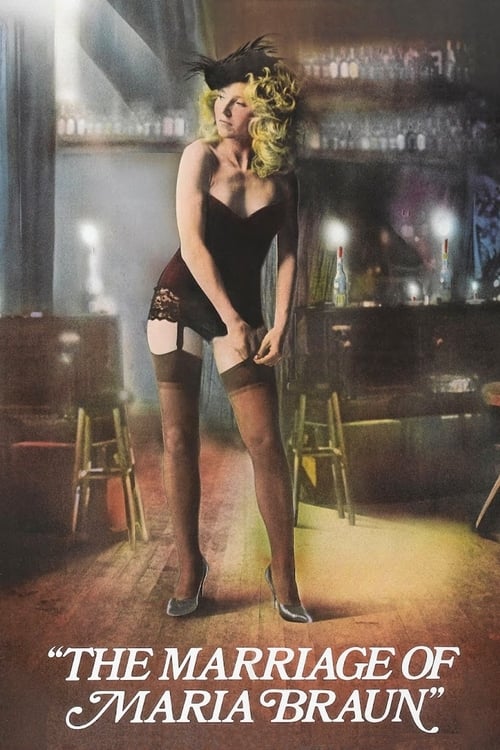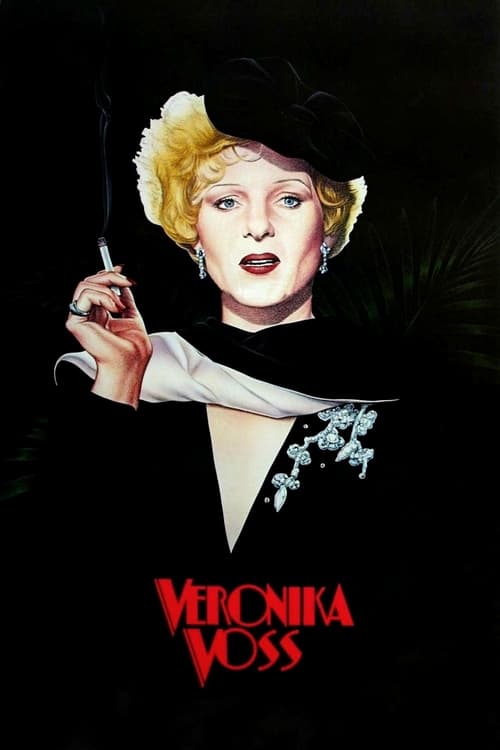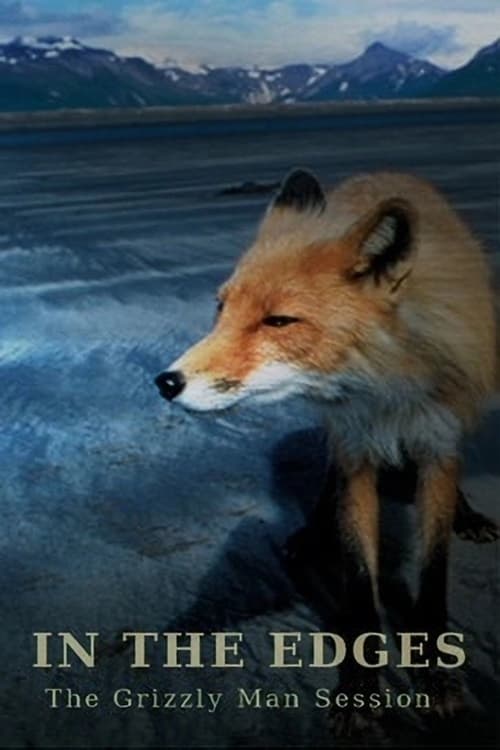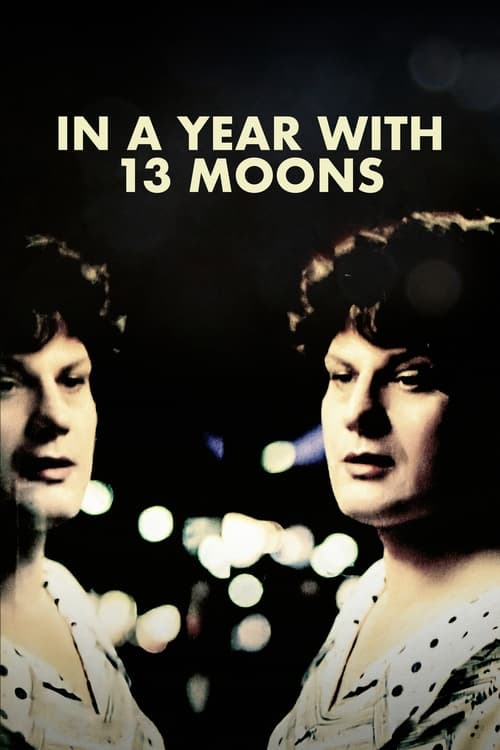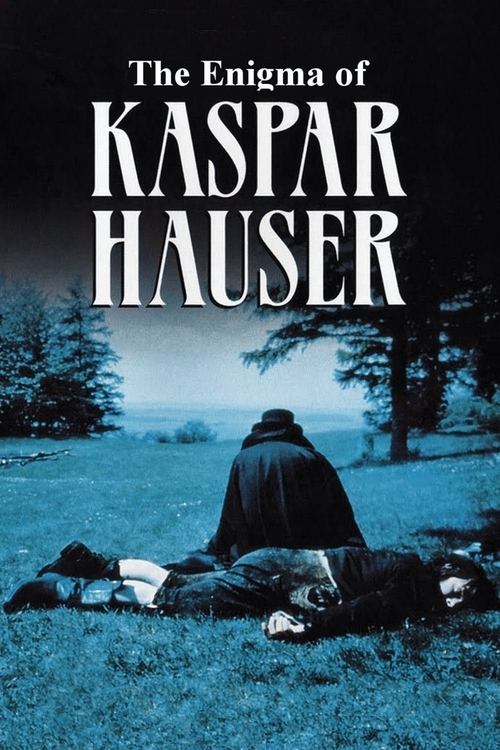German New Cinema: Herzog & Fassbinder
Post-war artistic renewal
From the ashes of post-war Germany emerged one of cinema's most daring and influential movements, as filmmakers like Werner Herzog and Rainer Werner Fassbinder revolutionized European cinema through radical storytelling and unflinching social commentary.
The German New Cinema movement (Neuer Deutscher Film) emerged in the 1960s as a direct response to the artistic and cultural stagnation of post-war Germany. Young filmmakers, rejecting both Nazi-era propaganda films and the commercial mediocrity that followed, signed the Oberhausen Manifesto in 1962, declaring "Papa's Cinema is dead." Werner Herzog and Rainer Werner Fassbinder became the movement's most prominent voices, creating works that challenged conventional narrative structures and addressed Germany's complex national identity. Herzog's early masterpiece "Signs of Life" (1968) established his unique vision, blending documentary techniques with surreal elements to explore human obsession and isolation.
Werner Herzog's distinctive approach to filmmaking combined documentary realism with almost mystical elements, often focusing on outsiders and dreamers pushing against natural and social boundaries. "Aguirre, the Wrath of God" (1972) exemplified this approach, following a delusional Spanish conquistador through the Amazon jungle. Shot under extreme conditions with Herzog's frequent collaborator Klaus Kinski, the film established many of the director's recurring themes: man versus nature, the thin line between genius and madness, and the pursuit of impossible dreams. The difficult production itself became legendary, with Herzog allegedly threatening Kinski at gunpoint to complete the shoot.
Rainer Werner Fassbinder's extraordinary output - over 40 features in 15 years - reflected his burning desire to examine post-war German society through a critical lens. His breakthrough film "The Merchant of Four Seasons" (1971) established his signature style: melodrama infused with social criticism, influenced by Douglas Sirk but with a distinctly German perspective. Fassbinder's work often focused on outsiders, particularly in "Ali: Fear Eats the Soul" (1974), which tackled racism and social conformity through the story of an unlikely romance between an elderly German woman and a younger Moroccan immigrant.
Herzog's documentation of human extremes reached new heights with "Stroszek" (1977), which followed a Berlin street performer's doomed attempt to find the American Dream in Wisconsin. Shot with non-professional actors and mixing scripted scenes with documentary elements, the film exemplified Herzog's ability to find profound truth in seemingly simple stories. This approach culminated in "Nosferatu the Vampyre" (1979), his haunting reimagining of F.W. Murnau's classic, which transformed vampire mythology into a meditation on isolation and disease.
Fassbinder's examination of German society reached its apex with "The Marriage of Maria Braun" (1979), part of his BRD Trilogy examining post-war Germany through female protagonists. His unique visual style, influenced by both Hollywood melodrama and European art cinema, created a distinctive look characterized by careful framing, mirror shots, and bold color schemes. Cinematographer Michael Ballhaus, who would later work with Martin Scorsese, developed many innovative techniques working with Fassbinder.
The movement's influence extended beyond Germany, inspiring filmmakers worldwide through its combination of personal vision and political consciousness. Herzog's later documentaries, including "Grizzly Man" (2005), continued the movement's tradition of blending reality and artistic interpretation. Meanwhile, Fassbinder's examination of identity and sexuality in films like "In a Year with 13 Moons" (1978) presaged contemporary discussions of gender and identity politics.
The technical innovations of German New Cinema continue to influence contemporary filmmaking. Herzog's use of extreme locations and natural light, along with Fassbinder's complex staging and camera movements, established new possibilities for cinematic expression. The movement's emphasis on authentic locations and social realism influenced later movements, including the Dogme 95 collective and contemporary slow cinema.
More Ideas

Berlin Alexanderplatz
(1980)
Fassbinder's 15-hour television masterpiece
Streaming on Criterion Channel
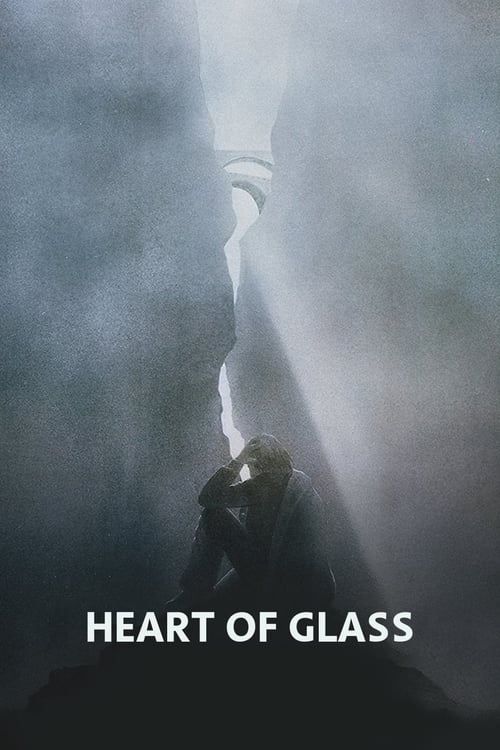
Heart of Glass
(1976)
Herzog's hypnotic study of collective madness
Streaming on MUBI

The Bitter Tears of Petra von Kant
(1972)
Fassbinder's chamber drama about power and desire
Streaming on Criterion Channel
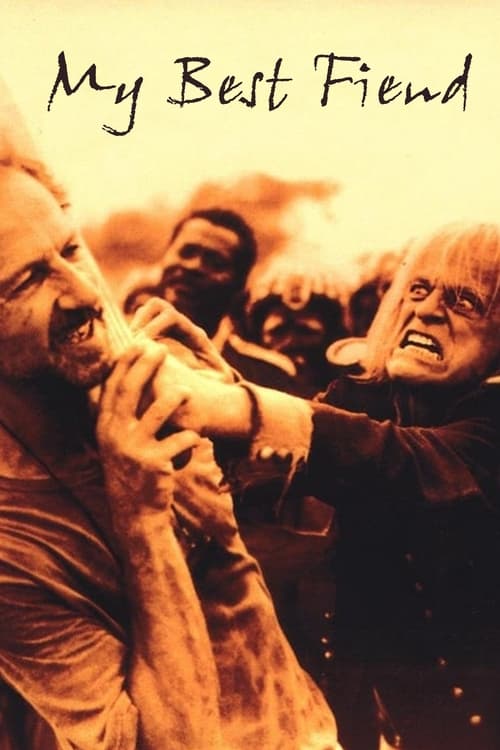
My Best Fiend
(1999)
Herzog's documentary about Klaus Kinski
Streaming on Amazon Prime
More from Movements in Film
French New Wave: Breathless Revolution
Godard and Truffaut's innovation
Italian Neorealism: Truth in Cinema
Post-war authenticity
British Kitchen Sink & Social Realism
Working class stories
Japanese New Wave: Oshima & Imamura
Breaking tradition
Czech New Wave: Behind Iron Curtain
Political allegory and freedom
German Expressionism & Silent Era
Visual psychology emerges
